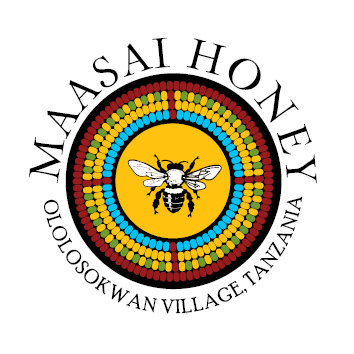The Native Bees of Tanzania
Not all bees are the same!
An Apis mellifera scutellata bee, foraging on a tree in Ololosokwan Village.
There are literally thousands of different types of bees! They are classified through scientific taxonomy, which categorizes the various species and further divides them into sub-species. Still, most bees do not produce honey…
There are about 43 different kinds of honeybees, all of which fall under the Apis genus. Each variety boasts unique traits and characteristics, which correspond to the climate and environment where the bees reside. The majority of honeybee species occur in Asia and it is theorized that all honeybees originated there, then later migrated to Africa and Europe. Only when Europeans migrated West were honeybees introduced to the Americas.
What honeybees are in Tanzania?
Tanzania hosts three types of stinging honeybees (other stingless honeybees are classified separately). The bees belong to the Apis mellifera species and are further divided into 3 sub-species:
Apis mellifera scutellata bees on honeycomb.
Apis mellifera litorea
Apis mellifera scutellata
Apis mellifera monticola
These three sub-species are all closely related, but vary slightly according to the geographic regions of Tanzania. The litorea sub-species lives in the coastal regions, the scutellata sub-species lives inland, while the monticola sub-species lives at high altitudes, primarily on the slopes of Mount Kilimanjaro.
Which bees are in Maasai Honey hives?
Ololosokwan Village, where Maasai Honey apiaries are located, lies in the rolling foothills adjacent to the Serengeti National Park. The region is at a relatively high altitude (almost 2000 meters) compared to other inland locations, but still retains a temperate climate. Therefore, the bees that occupy Maasai Honey hives are primarily Apis mellifera scutellata. However, these closely related species can sometimes overlap in geographic regions, making it possible that some of the bees belong to the monticola sub-species.
ABOUT Apis Mellifera Scutellata
These African bees differ quite substantially from European bees. Most notoriously, they are more aggressive! Scutellata bees will react to an intruder or threat from a further distance, while also sending out three to four times as many workers! Additionally, the bees produce less honey compared to their European counterparts. Because of this, they are generally undesired for beekeeping practices…
The characteristics of these African bees fall more on the wild side. They may not be the biggest honey producers, but their wilderness capabilities make them far less susceptible to pests and illness. In fact, varrao mites have in recent years been found in hives in Tanzania, but they are generally a mild concern. Strong colonies are able to ward them off easily or keep the numbers to few. Even in cases of “colony collapse disorder” affected colonies were mostly in Europe and the Americas, but not in Africa. There are many theories around this, but one thing is for sure - African bees are some tough bugs!


